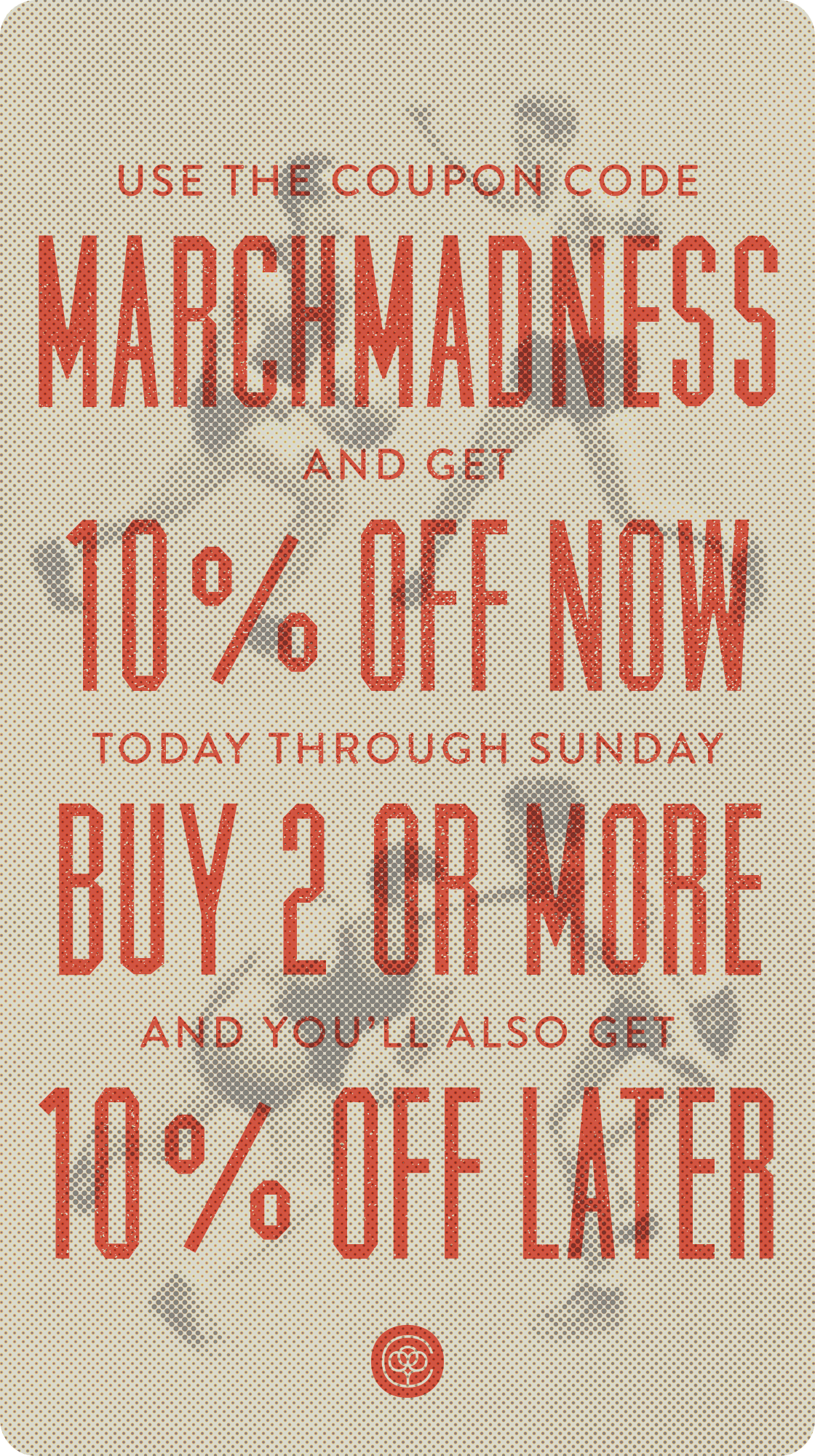Start Somewhere
Please bear with me. It’s been a while since I’ve written anything substantial, anything that presumes to represent the company I co-founded. I am therefore falling back on the old crutch of writers everywhere: writing about the process of writing. I wish there was another way.
We (Jay and I) hold our writing to a high standard, an impossible standard, really. We sweat every word; and not just the words themselves but, more importantly, the meaning behind them and their reason for existing in the first place. Is what we’re writing contrary to something we’ve previously written? Will it still be true this time next year? How will it be received by our friends? Will anyone care? Should anyone care? Does it all hang together? Does it move the perception of Cotton Bureau forward? Was it worth our time? Has someone else already written the same thing but better? Do we even know that what we’re writing is true? These are paralyzing yet indispensable questions. It’s frighteningly easy to puke out quasi-profound aphorisms; hollow, unoriginal, immature, often dangerous advice.
For too long, however, it’s held us back. We have a lot to say. It’s time we started saying it.
To whet your appetite for At Large writing to come, let me start by confessing one more thing: Business is a struggle.
I don’t know how else to put it. Despite being together for 6.5 years, Jay and I still look at each other every day and wonder why we do it, whether we’ve overlooked some essential detail that would double our revenue and halve our expenses. We live and work in Pittsburgh when it seems like the rest of the world is in Brooklyn or Austin or San Francisco or Portland. We used to make money by selling websites. Now we sell t-shirts. We shuttered two successful businesses to work on one marginally more successful business. We watch as startup owners and wannabe startup owners congratulate each other on selling out their users, or, in laughably rare circumstances, their customers. We disagree constantly, about everything. We take turns worrying that whatever mysterious phenomenon has kept us in business this long will just as mysteriously disappear tomorrow. We stare at the list of features we want to add to the site, the bugs that stick out like sore thumbs. We shudder at the endless grind of owner-operatorship.
As hopeless (and ridiculous) as that all sounds, however, we’re still here and still love what we do for one simple reason: our satisfaction is derived from meeting internal not external objectives. Success for us—and we think this is something every company should be required to state publicly—is building a sustainable company that helps designers and communities meet their financial, practical, and creative needs (at least when it comes to selling t-shirts and other odds and ends). It means aligning our business model and values. It means prioritizing people, promoting exceptional graphic design, and speaking up even when we know it won’t be possible to please everyone. It means nurturing and cultivating our relationships with you and, just as important, your relationships with each other. It means soberly evaluating our role in contributing to your fear of missing out and the constant stream of distractions that keep us all from the vast majority of moments in our lives that are infinitely more important than finding the perfectly designed tee. We can (and will) do a better job in all of those areas. That—and not an illustory pot of gold at the end of the rainbow or crushing it or winning—is what motivates us.
We’re not perfect, and Cotton Bureau is very much a work in progress. But we plan on sticking around for a while and making ourselves useful, so you may as well get comfortable.








